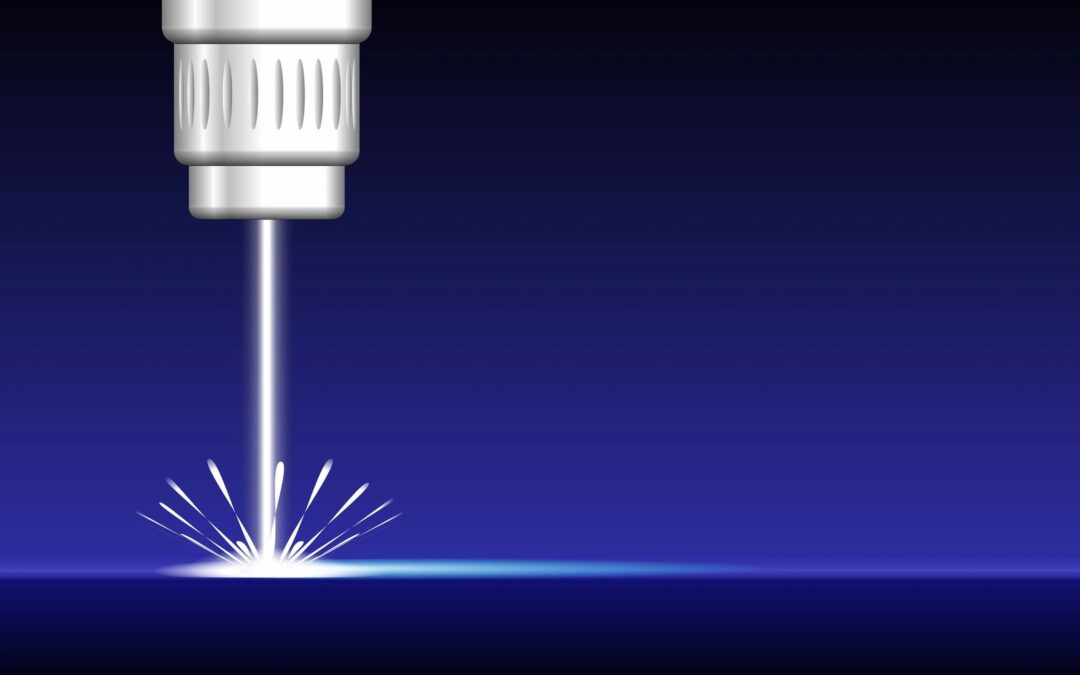By Phil Shelton, Sue Gerber, and Matt Johnson –
In a precedential opinion, the Federal Circuit reversed a Patent Trial and Appeal Board (“PTAB”) decision in holding that certain claims of the Virtek patent (U.S. Patent No. 10,052,734) were unpatentable as obvious. See Virtek Vision Int’l ULC v. Assembly Guidance Sys., Inc, No. 2022-1998 (Fed. Cir. Mar. 27, 2024). On cross-appeal, the court also sided with Virtek, affirming that the challenger failed to prove the remaining claims unpatentable as obvious. The “motivation to combine” doctrine was at issue in both the appeal and the cross-appeal.
The ’734 patent involves an improved method for aligning a laser projector with respect to a work surface. Assembly Guidance Systems, Inc. d/b/a Aligned Vision (“Aligned Vision”) petitioned for inter partes review arguing that all claims of the ‘734 patent were unpatentable under 35 USC § 103. Specifically, Align Vision asserted two different combinations of prior art (Grounds 1 and 3), and contended that a first group of claims would have been obvious. It also argued that a second group of claims would have been obvious in view of two additional combinations of prior art (Grounds 2 and 4). The Board instituted and issued a final written decision holding claims the first group of claims unpatentable, but found that most of the second group of claims were not unpatentable. Assembly Guidance Sys., Inc., v. Virtek Vision Int’l ULC, IPR2021-00062, Paper 24. Virtek appealed the decision finding the first group of claims unpatentable, and Aligned Vision cross-appealed the decision that it had failed to prove some of the claims from the second group unpatentable.
In the primary appeal, Virtek argued that the Board’s findings that a skilled artisan would have been motivated to combine the prior art references asserted in Grounds 1 and 3 were not supported by substantial evidence. The court agreed, and found that there was neither any argument in the petition nor support by Align Vision’s expert as to why a skilled artisan would combine the references. In distinguishing the instant case from the facts in KSR Int’l Co. v. Teleflex Inc., 550 U.S. 398 (2007), the court noted that (1) no argument about common sense was presented in the petition or in the declaration of Align Vision’s expert; (2) there was no evidence that there are a finite number of identified, predictable solutions; and (3) there was no evidence of a design need or market pressure. The court concluded that the “case involves nothing other than an assertion that because [claim elements] were disclosed in the prior art and therefore ‘known,’ that satisfies the motivation to combine analysis. That is an error as a matter of law. It does not suffice to simply be known. A reason for combining must exist.” Virtek Vision Int’l, at 8.
In the cross-appeal, Align Vision challenged the Board’s finding of no motivation to combine. Align Vision contended that a person of ordinary skill in the art (POSA) would have been motivated to combine the references as a matter of “common sense.” However, the Federal Circuit rejected this argument and noted, as in the primary appeal, that Align Vision never presented any evidence or arguments before the Board regarding common sense. Rather, both before the Board and on appeal, Align Vision relied solely on claim elements being known in the prior art, which is insufficient to show a motivation to combine.
As the court noted, “KSR did not do away with the requirement that there must exist a motivation to combine various prior art references in order for a skilled artisan to make the claimed invention.” Id. at 7.
This decision underscores the importance for petitioners seeking to prove obviousness to provide clear evidence both that the elements were known in the art and that a skilled artisan would have been motivated to combine those references as claimed in the challenged patent.
Matthew Johnson
Latest posts by Matthew Johnson (see all)
- Delegated Rehearing Panel Sends Lifeline to Mercedes-Benz - June 27, 2025
- PTAB Clarifies Interim Workload Management Process - June 19, 2025
- April 2025 Institution Rate Slips Below 45 Percent - June 6, 2025

